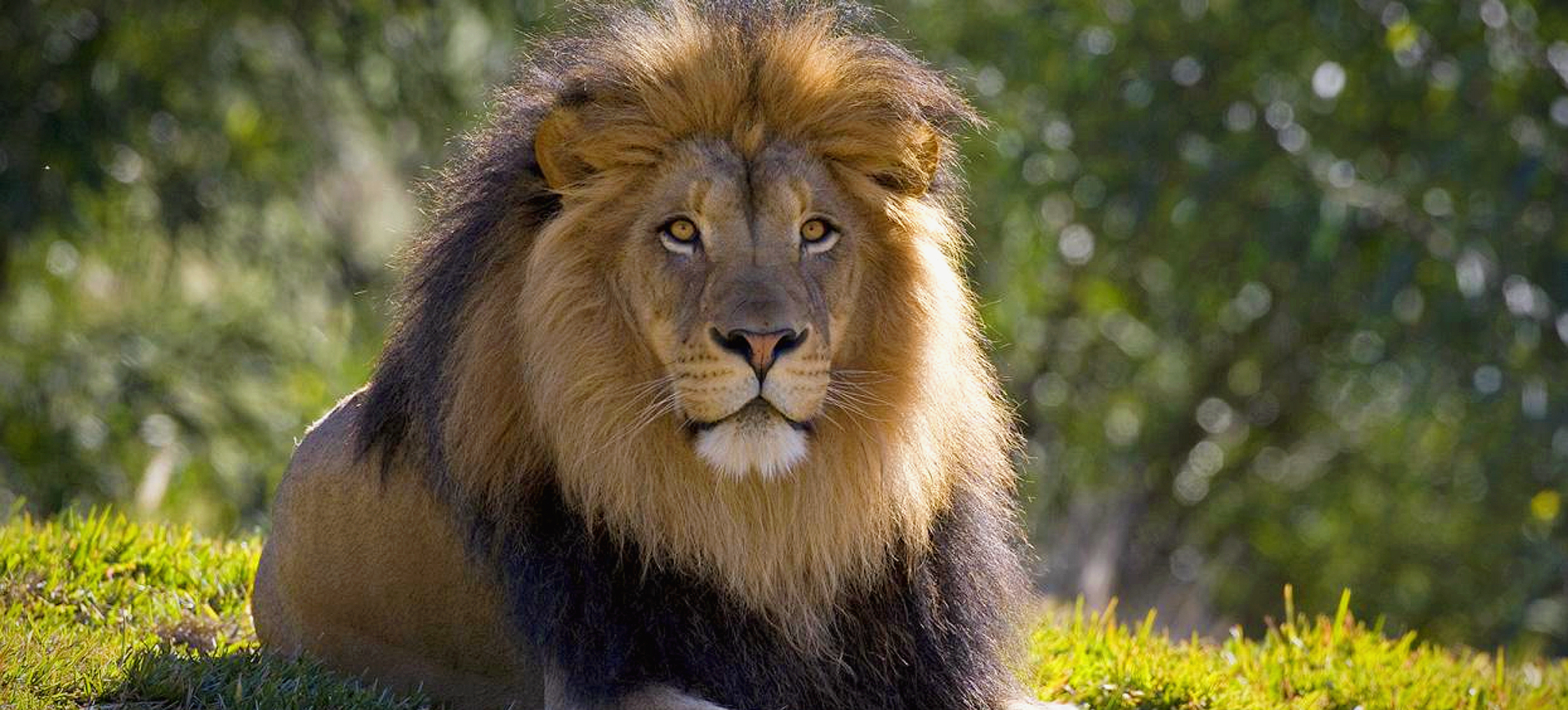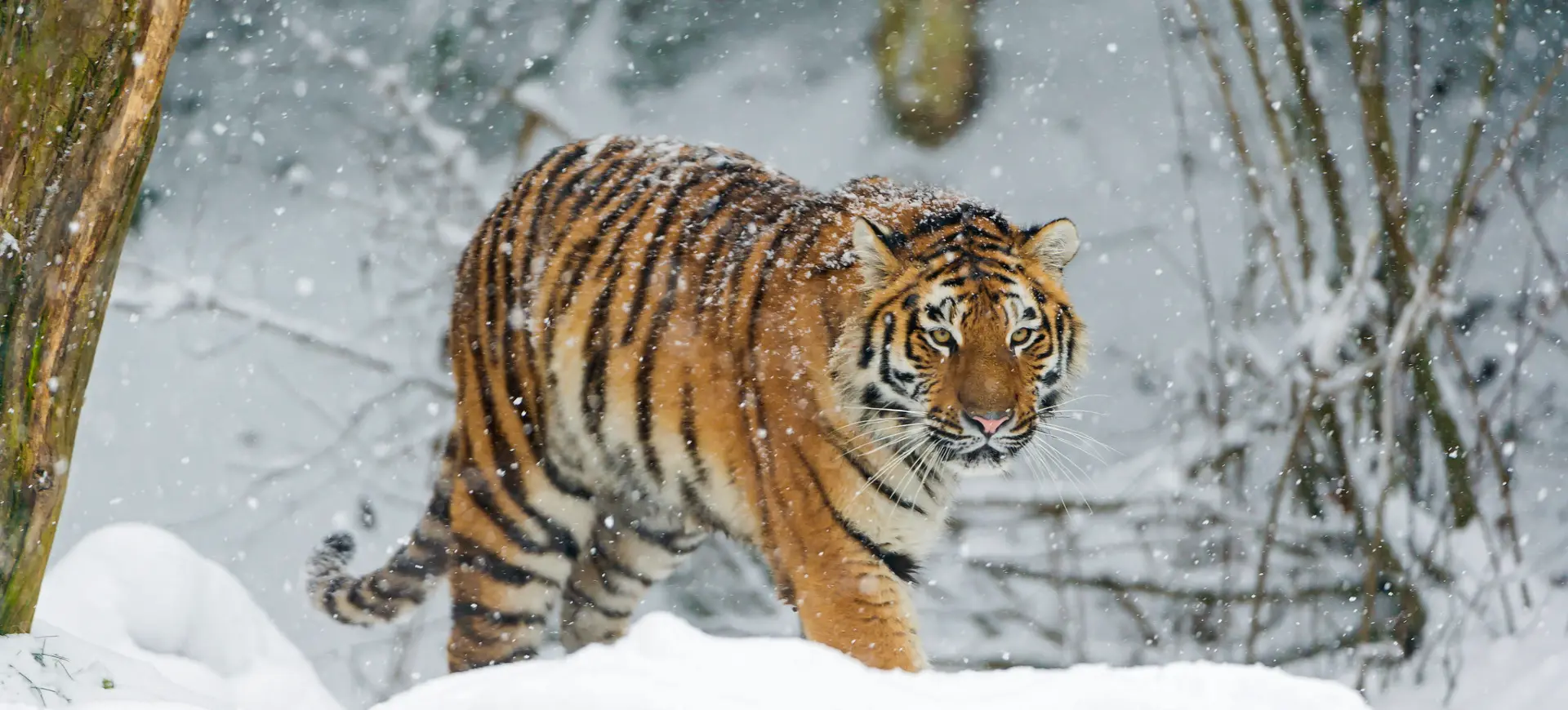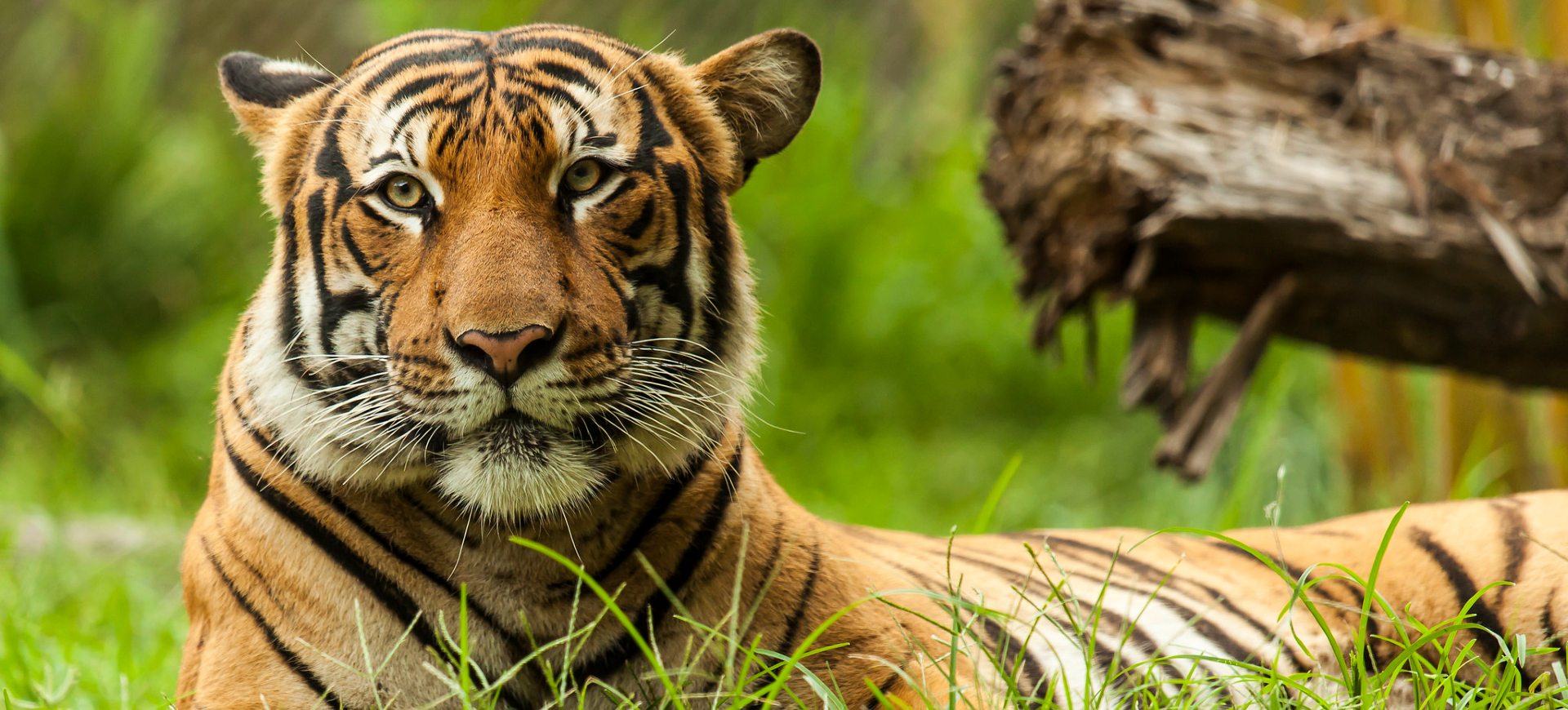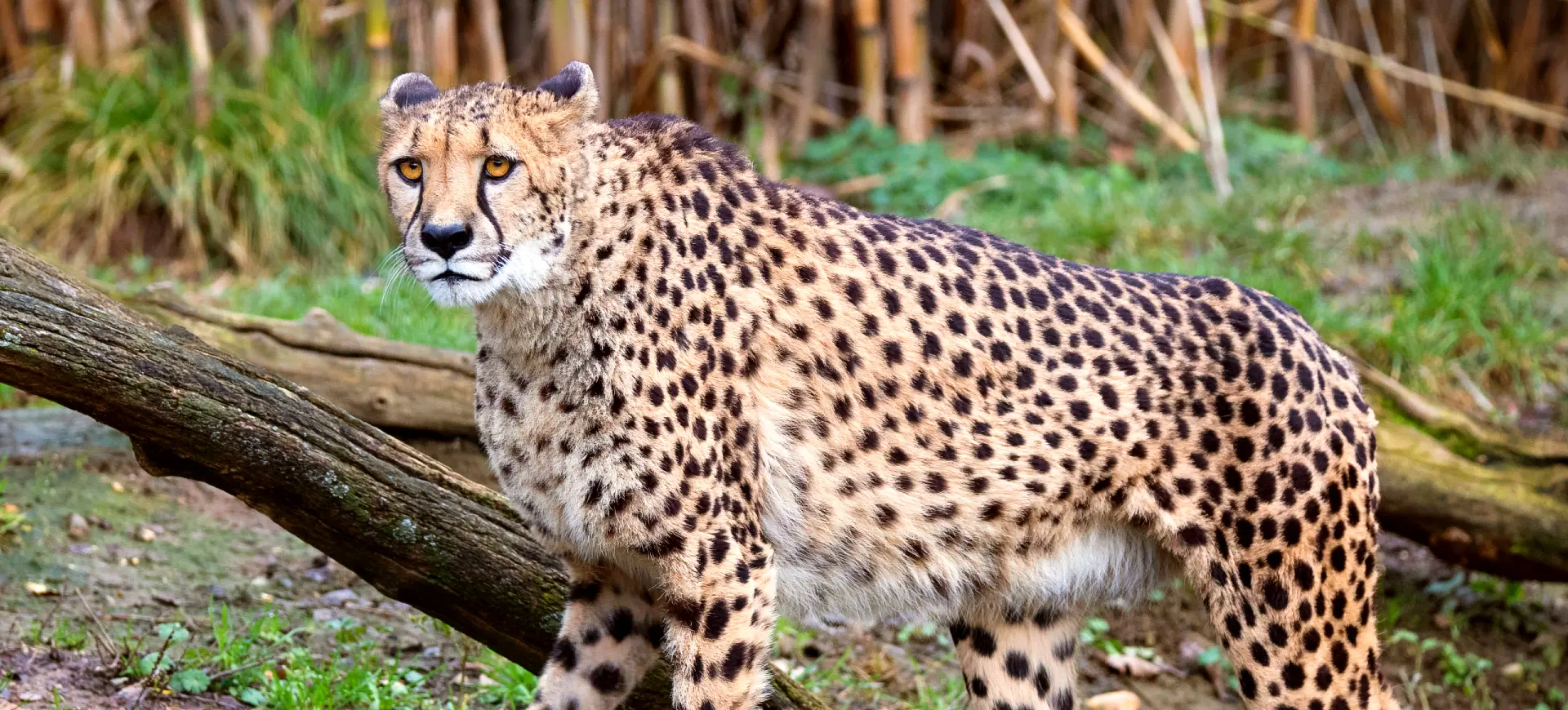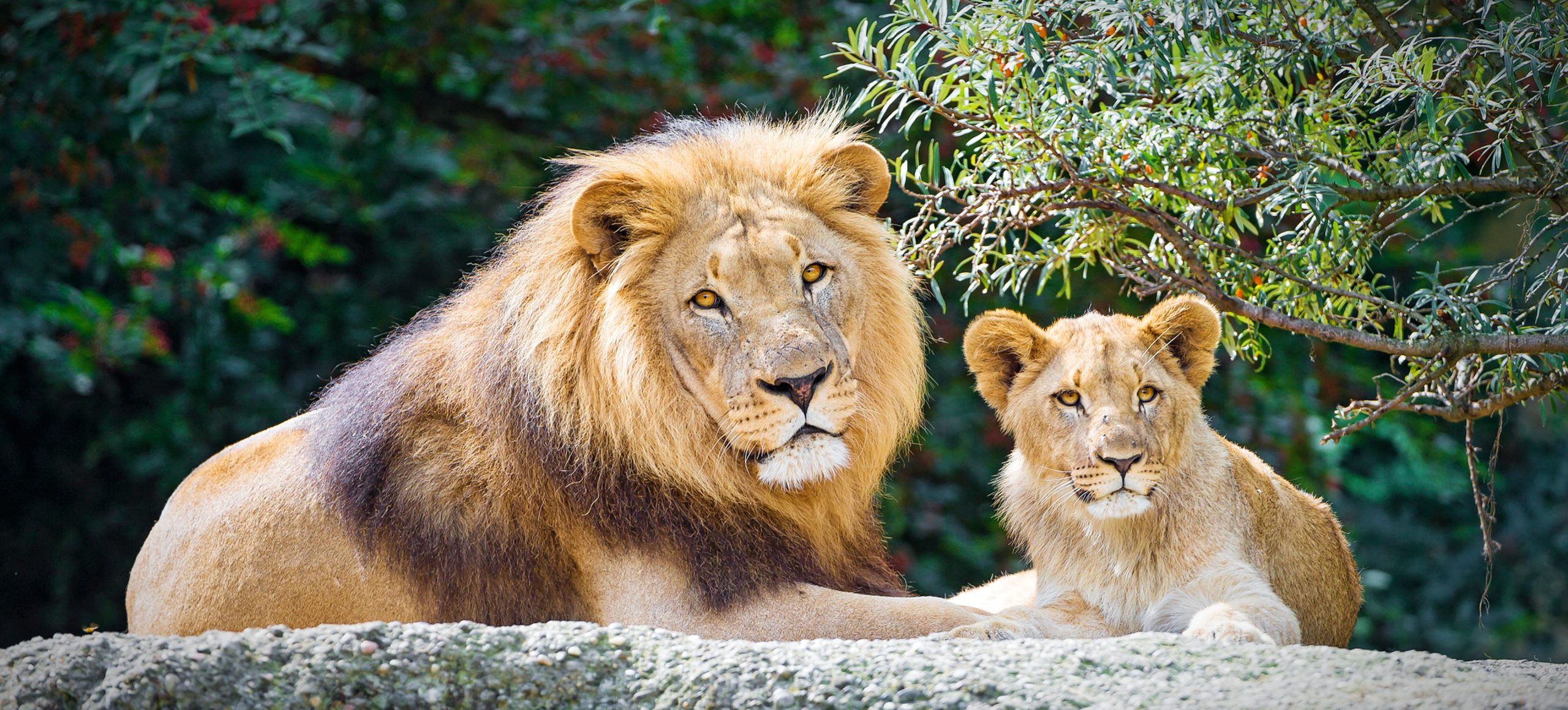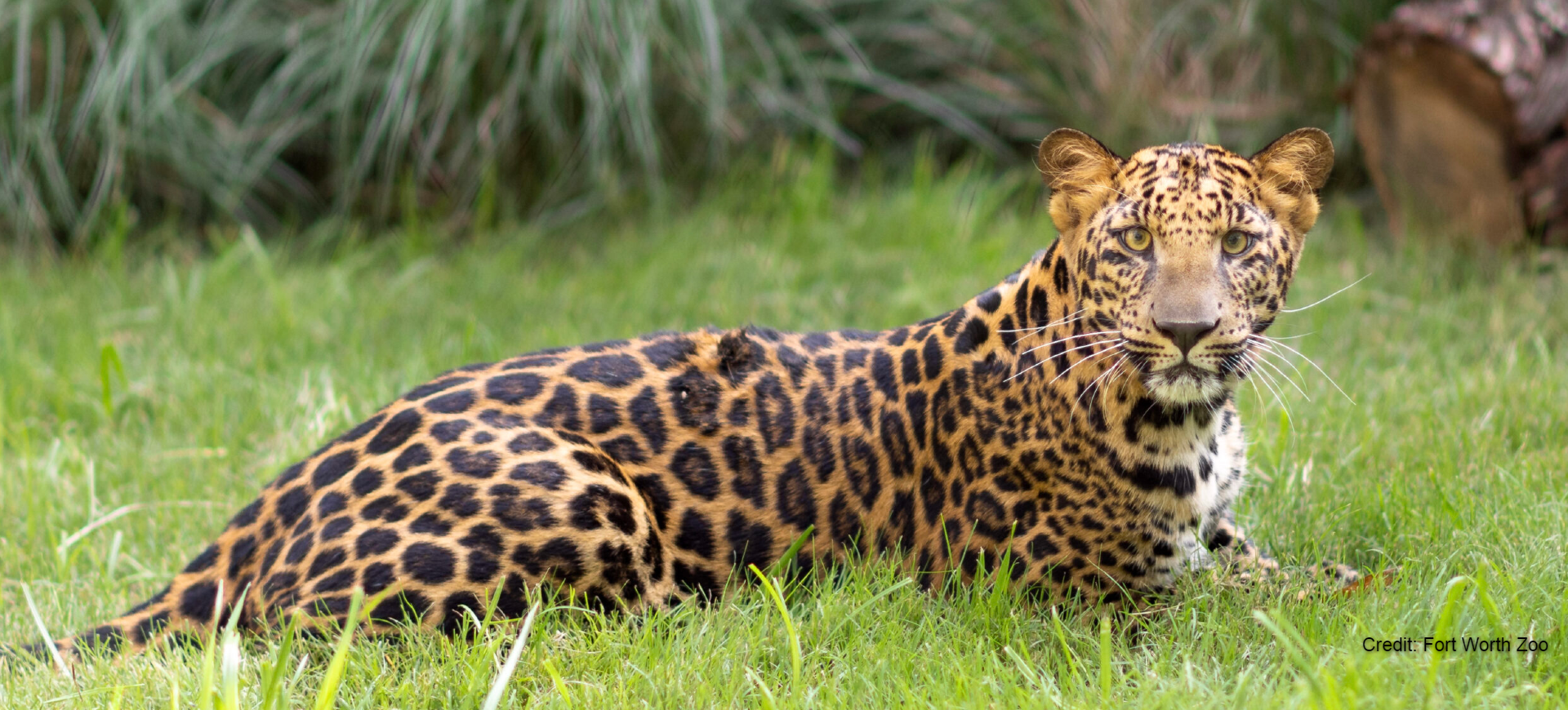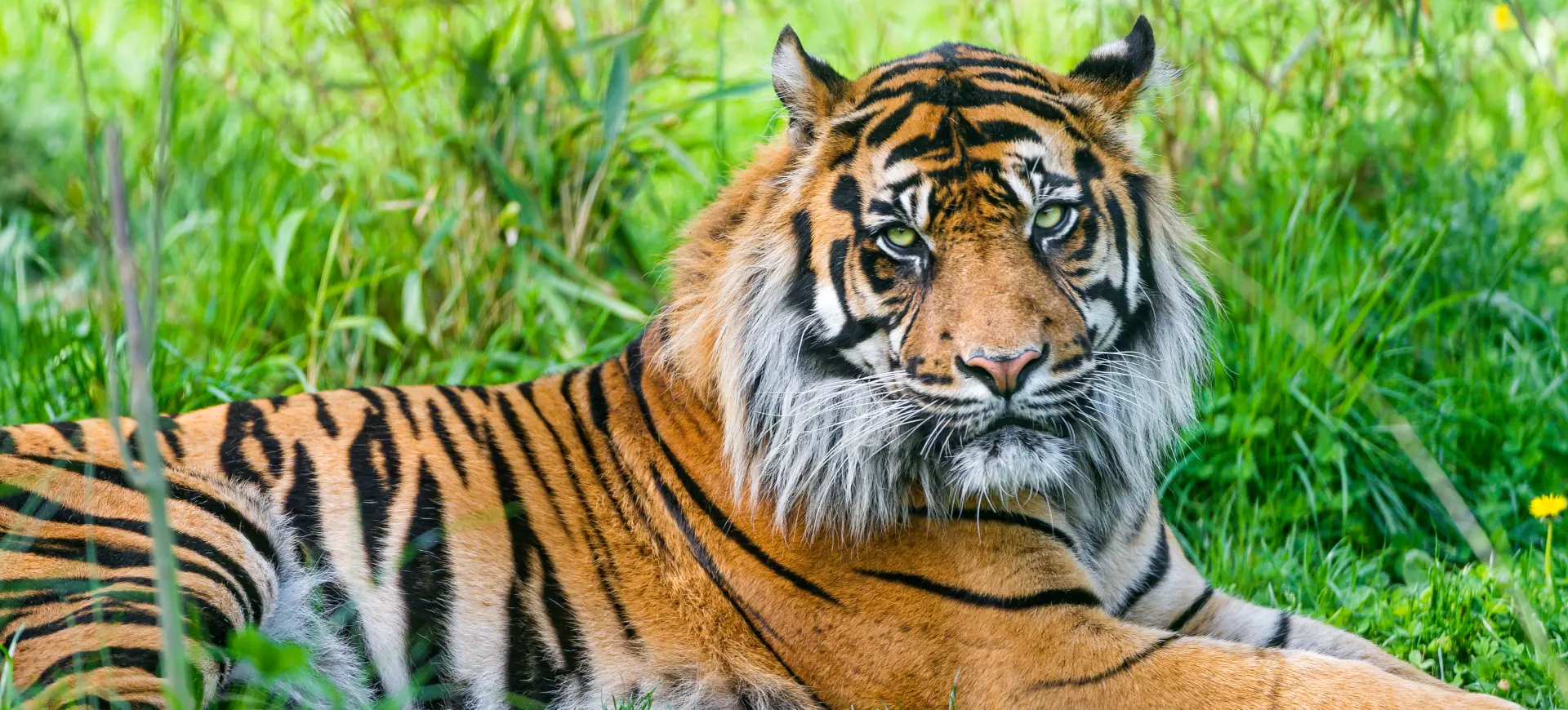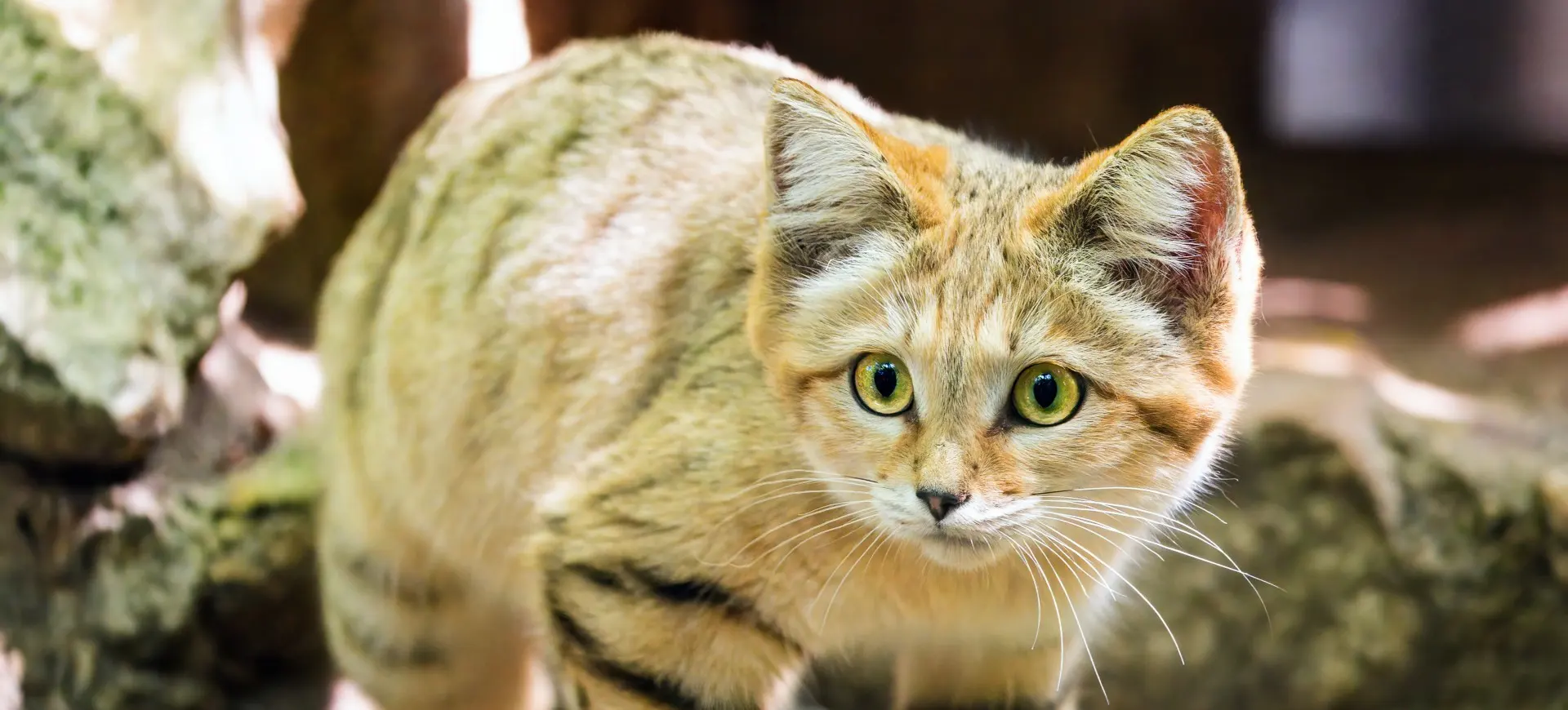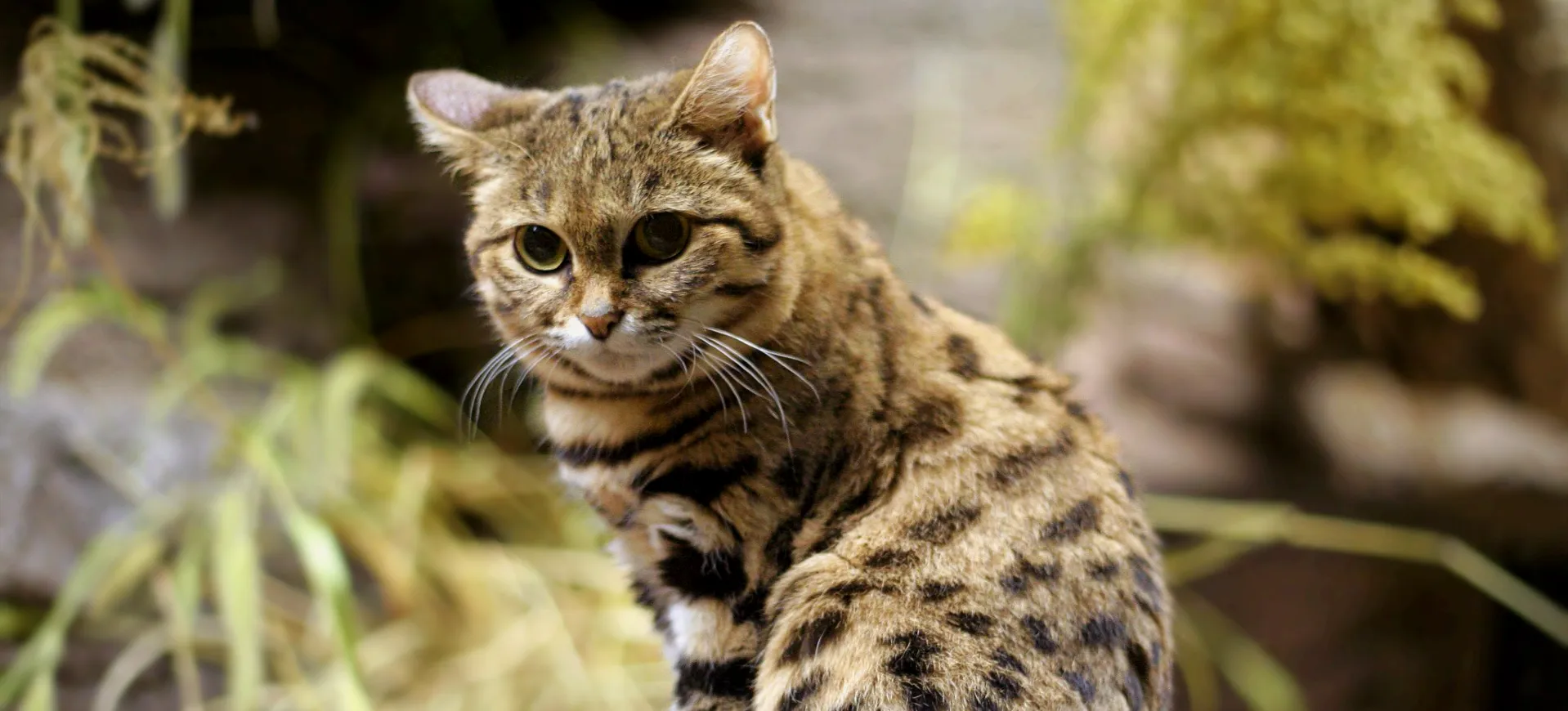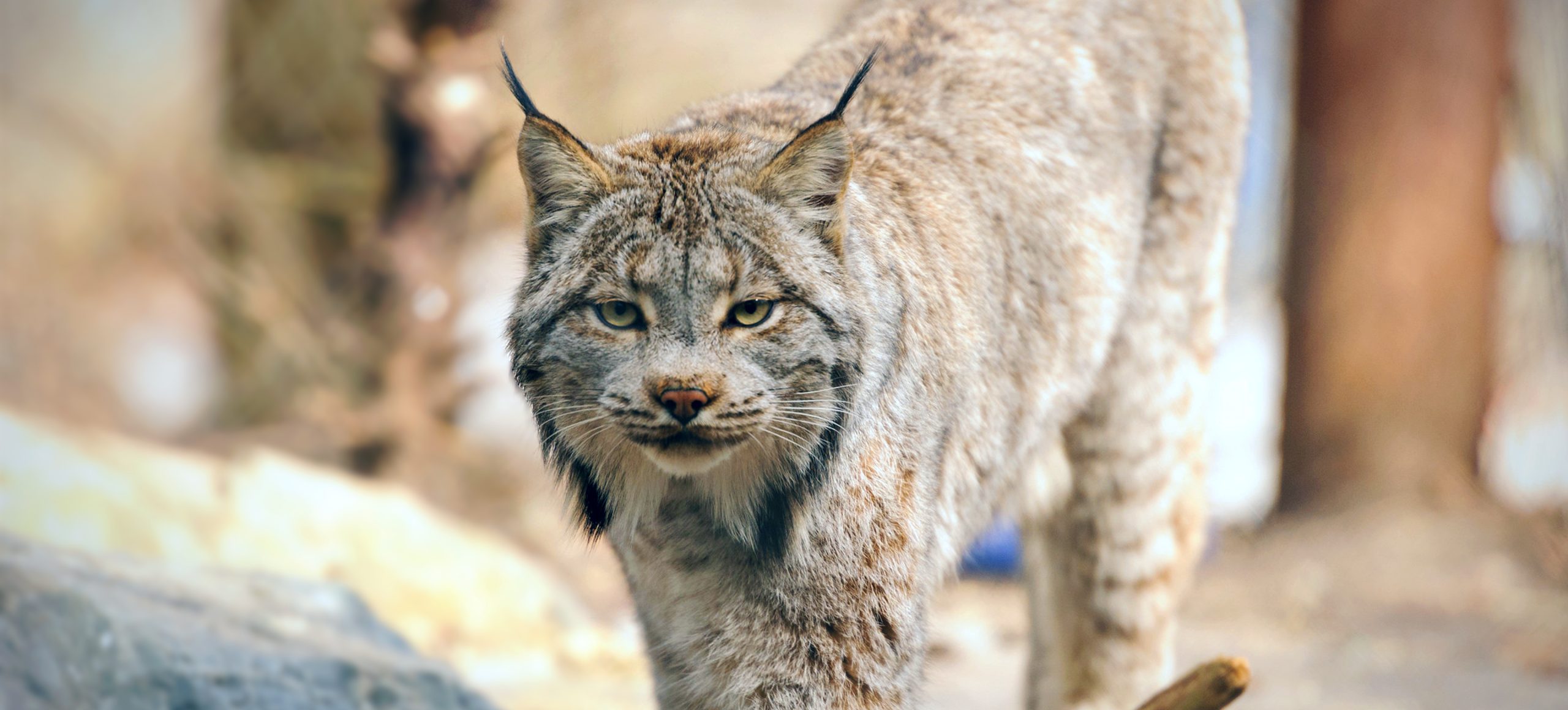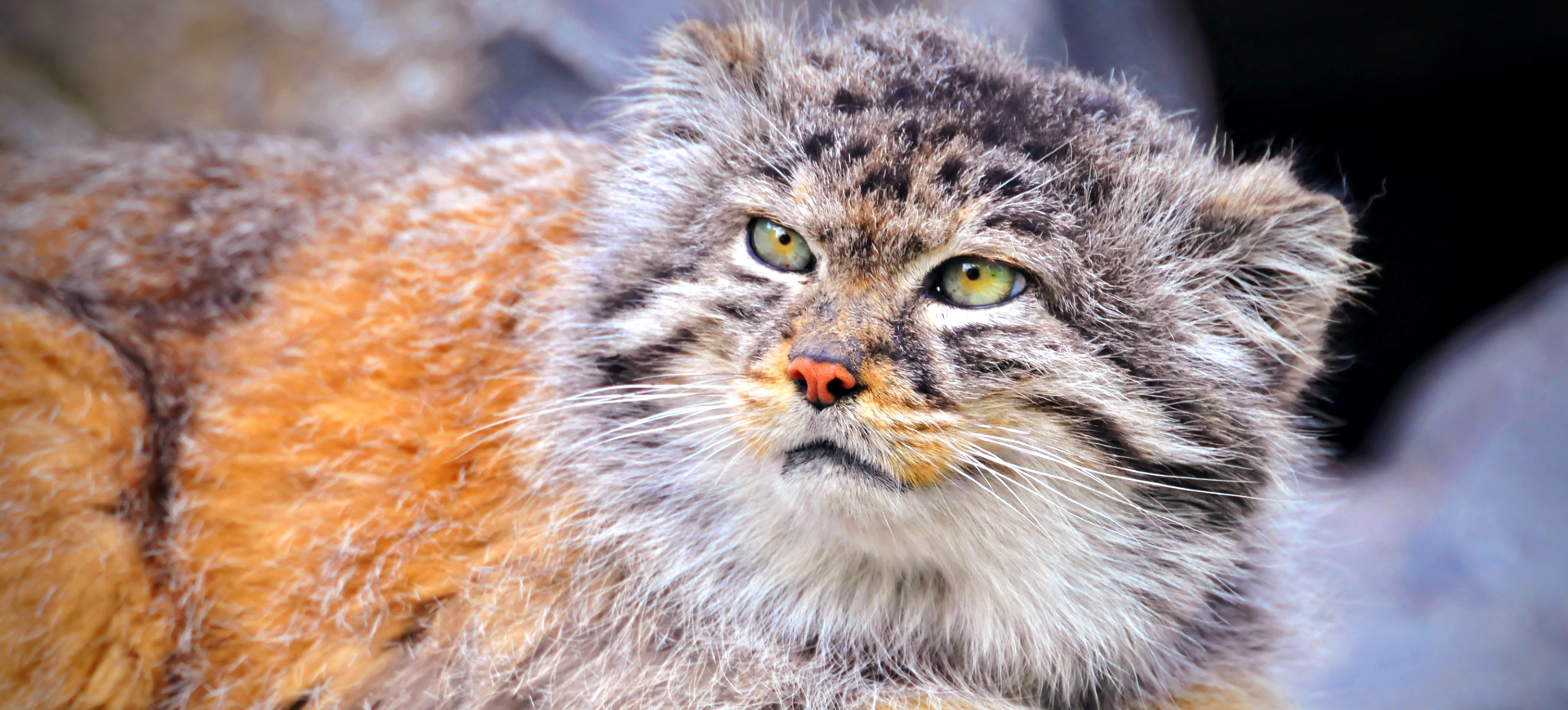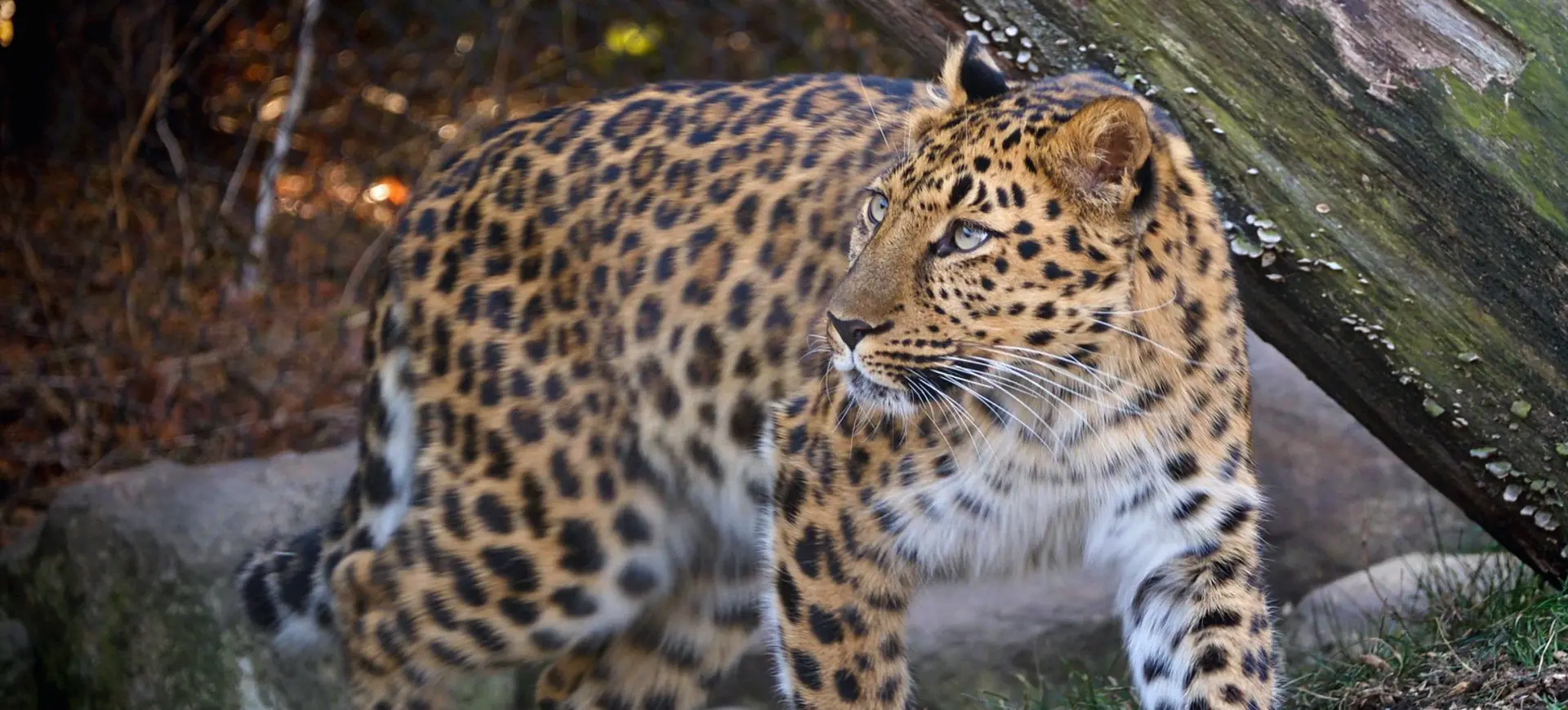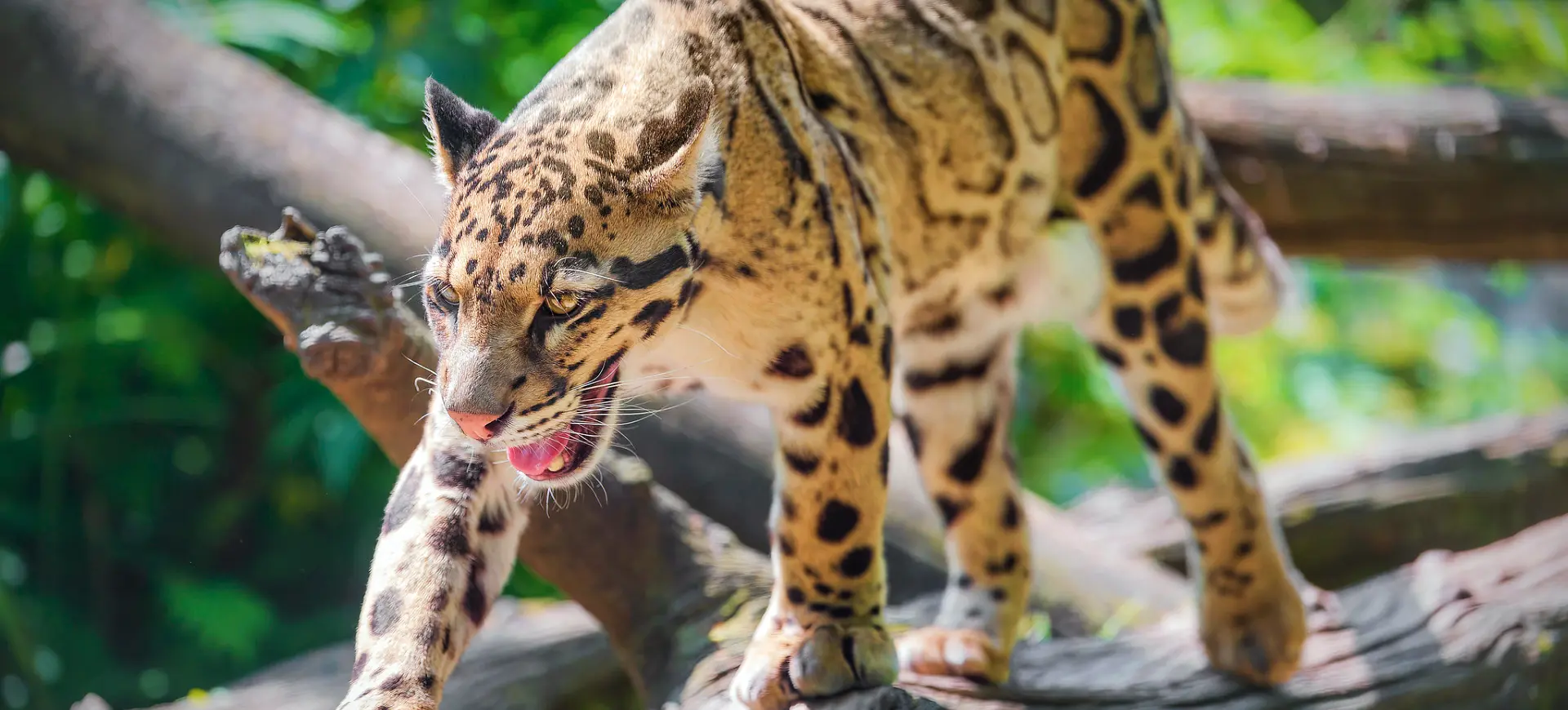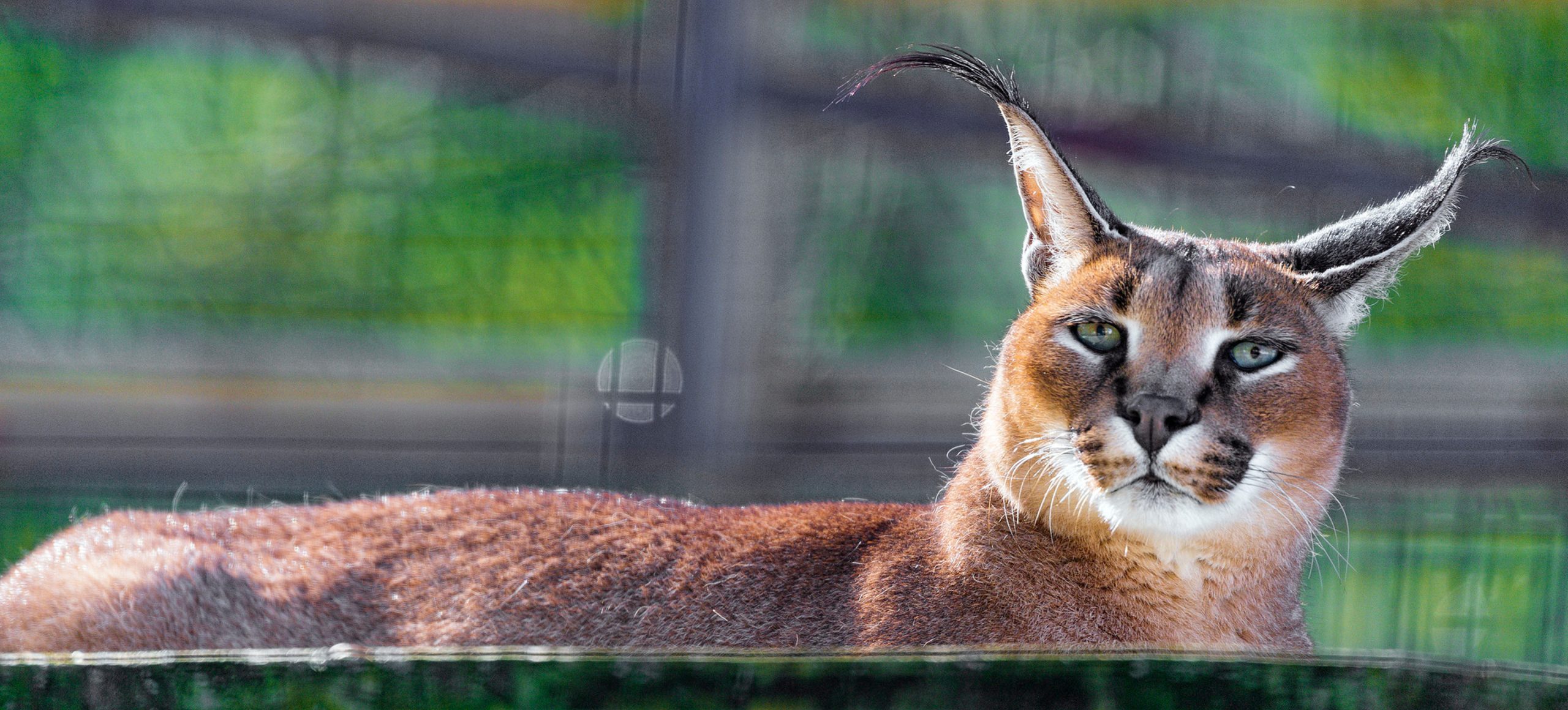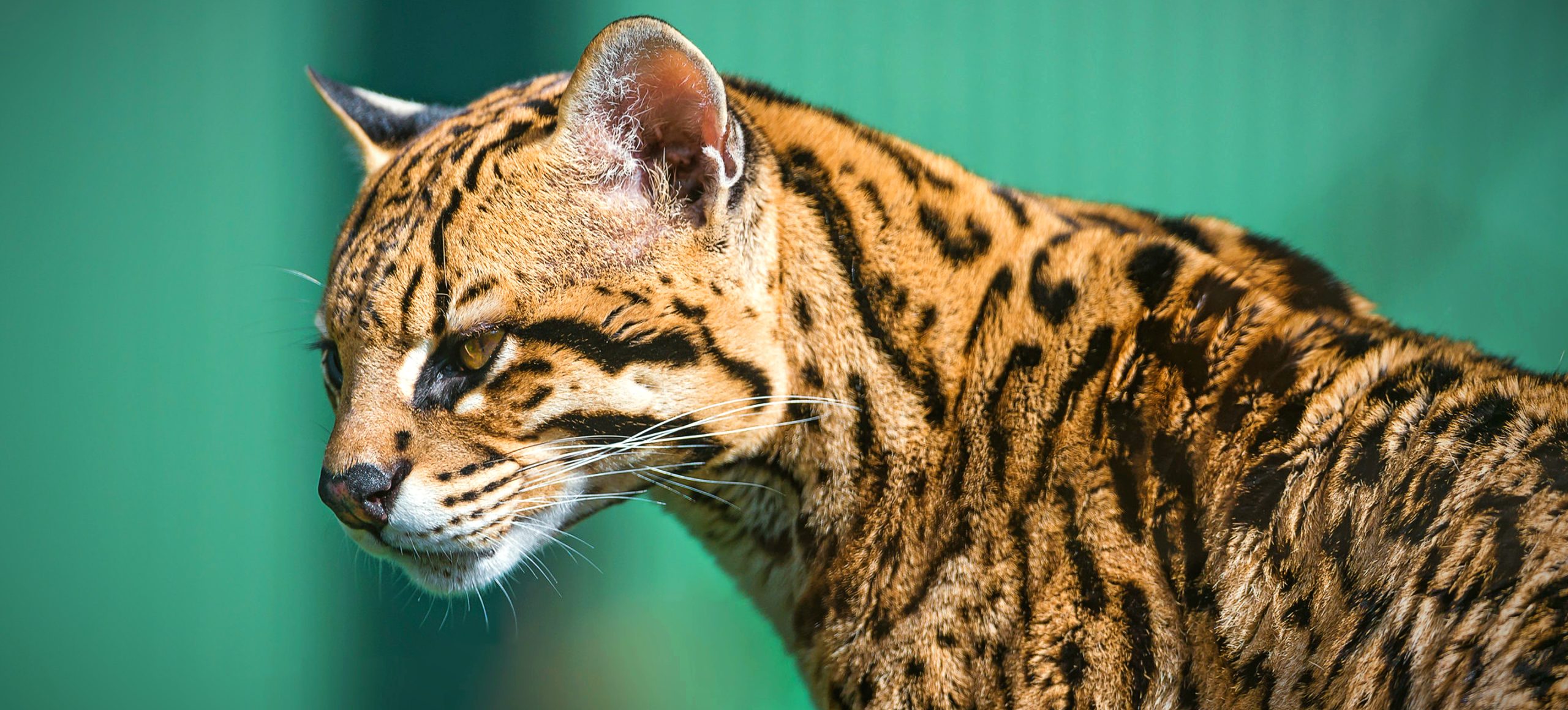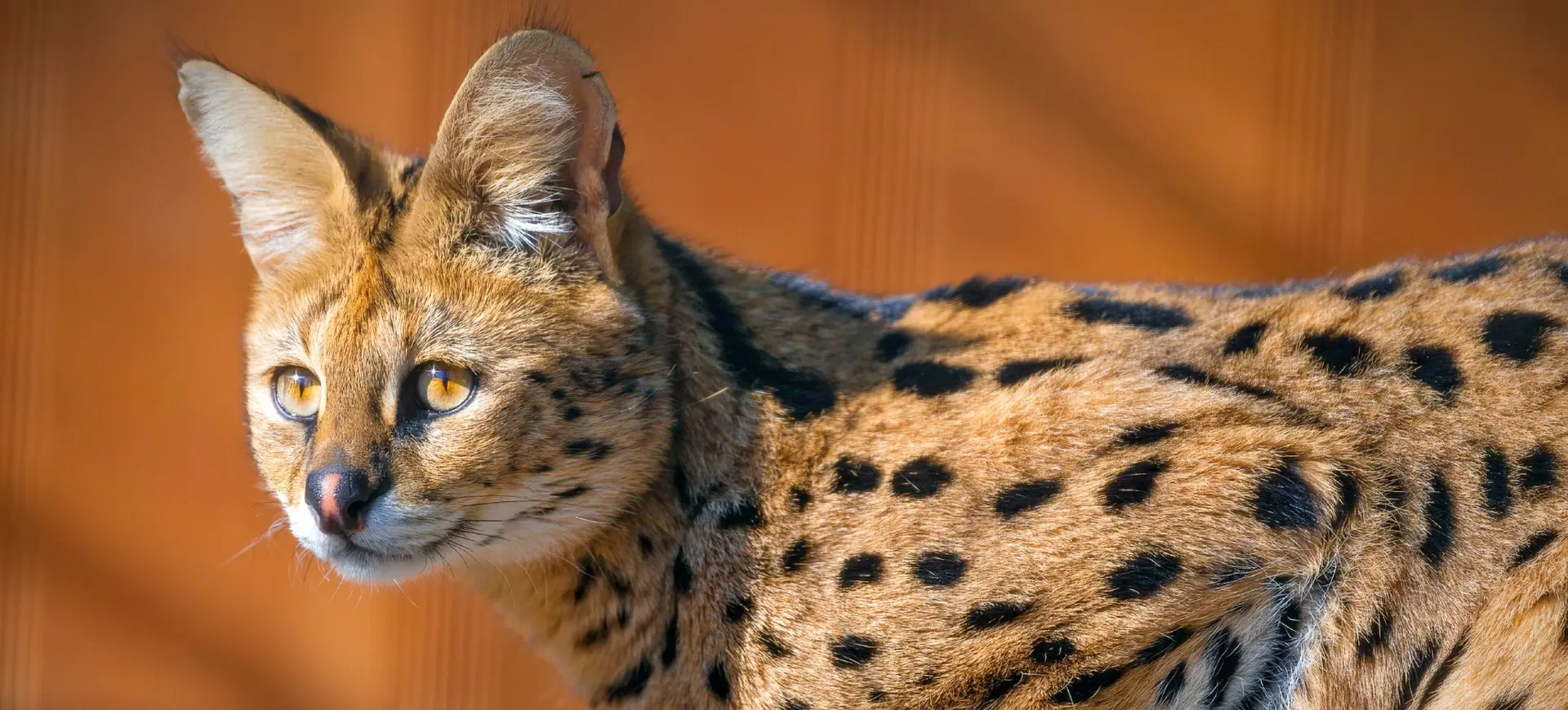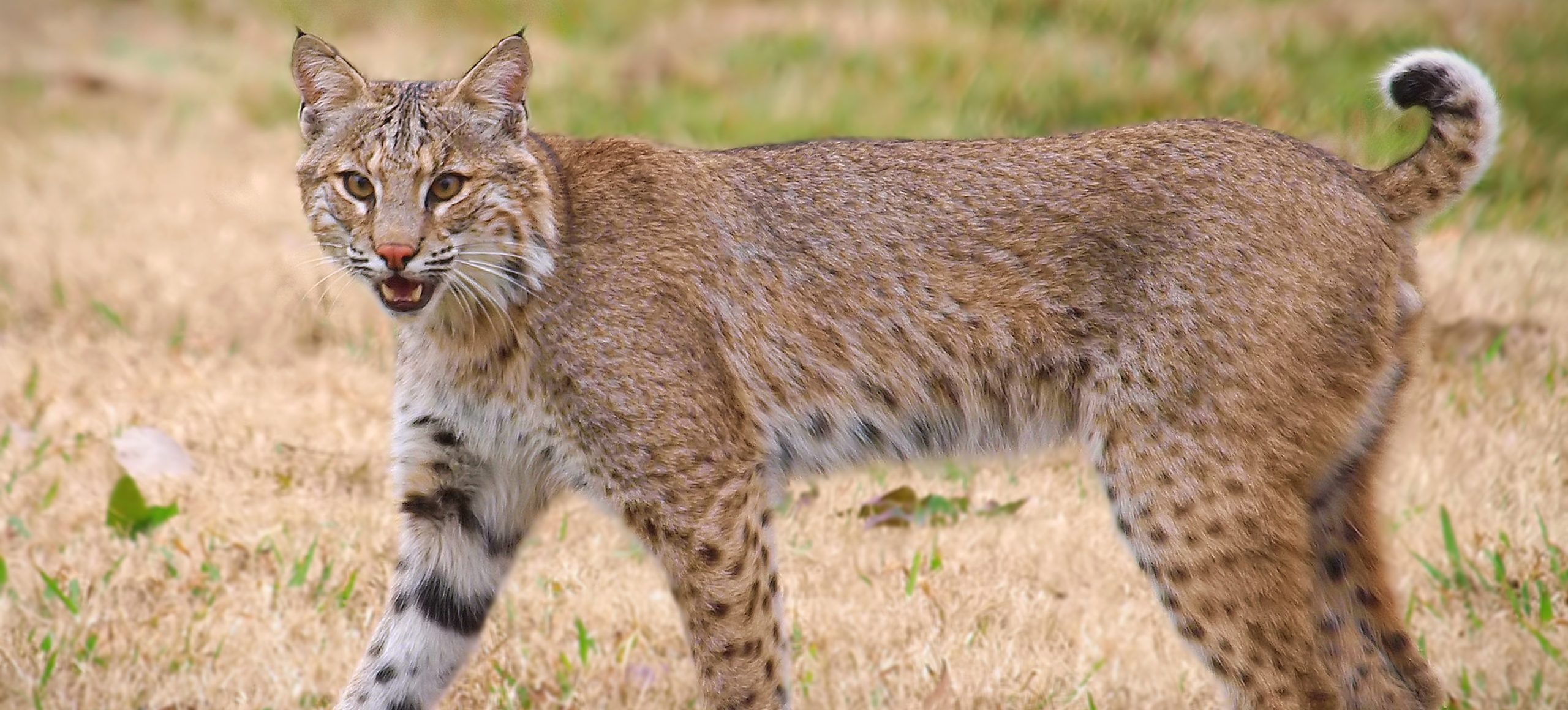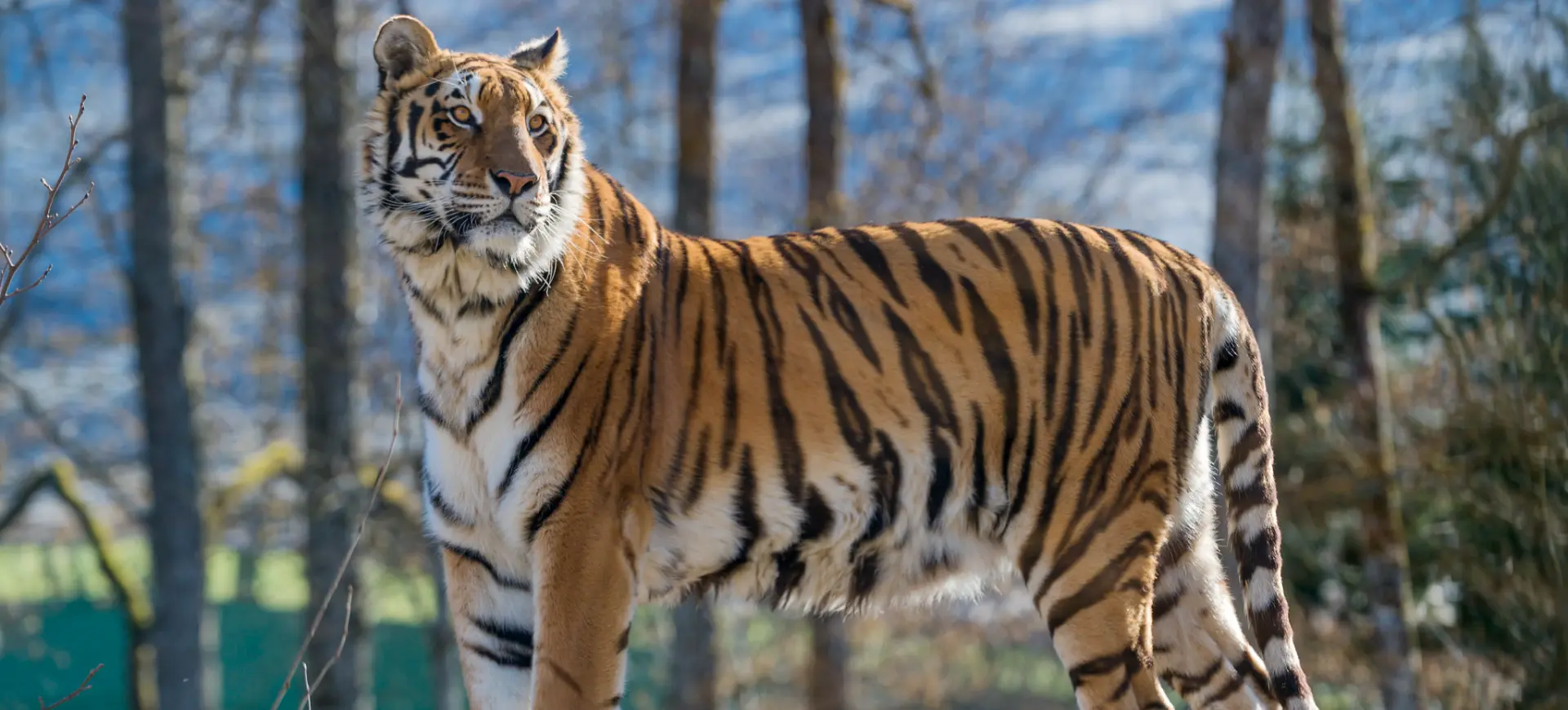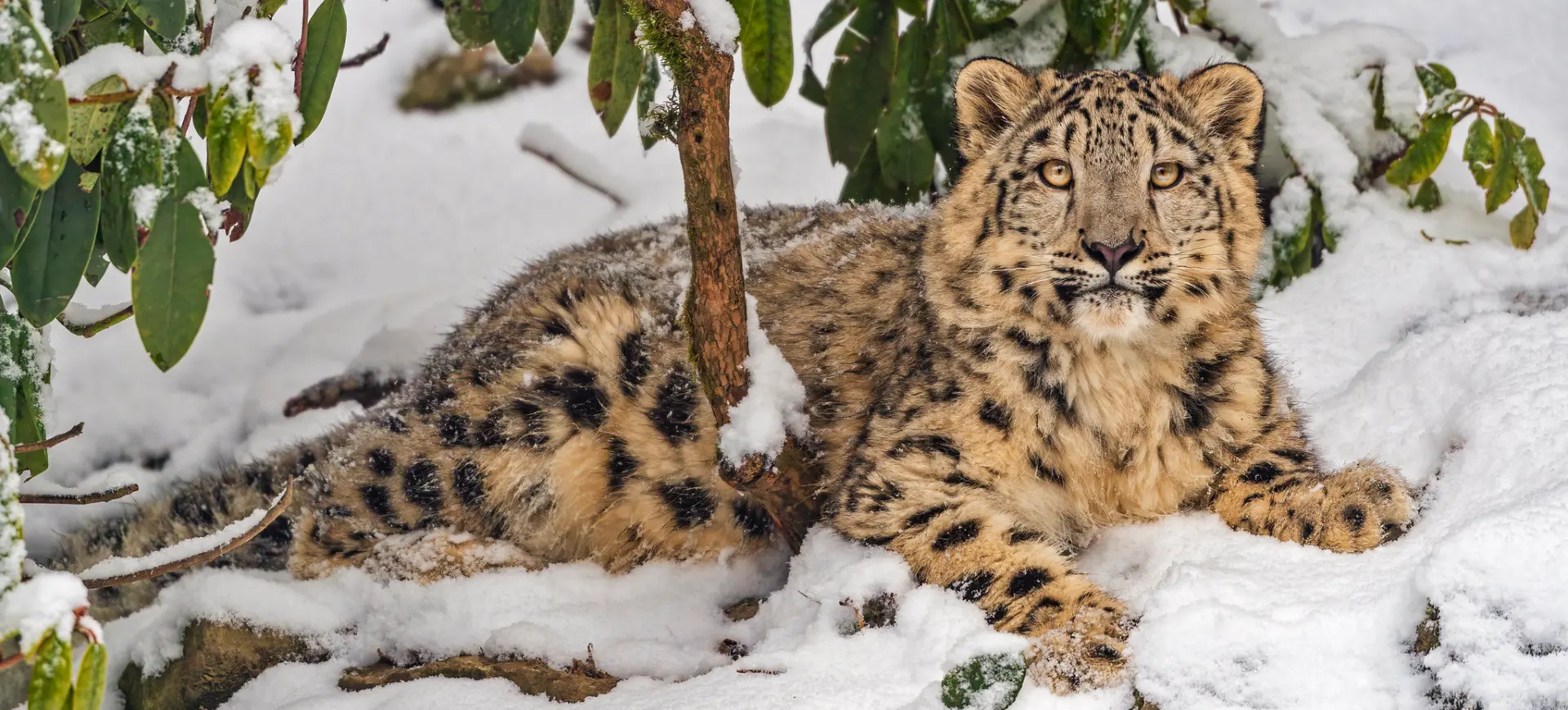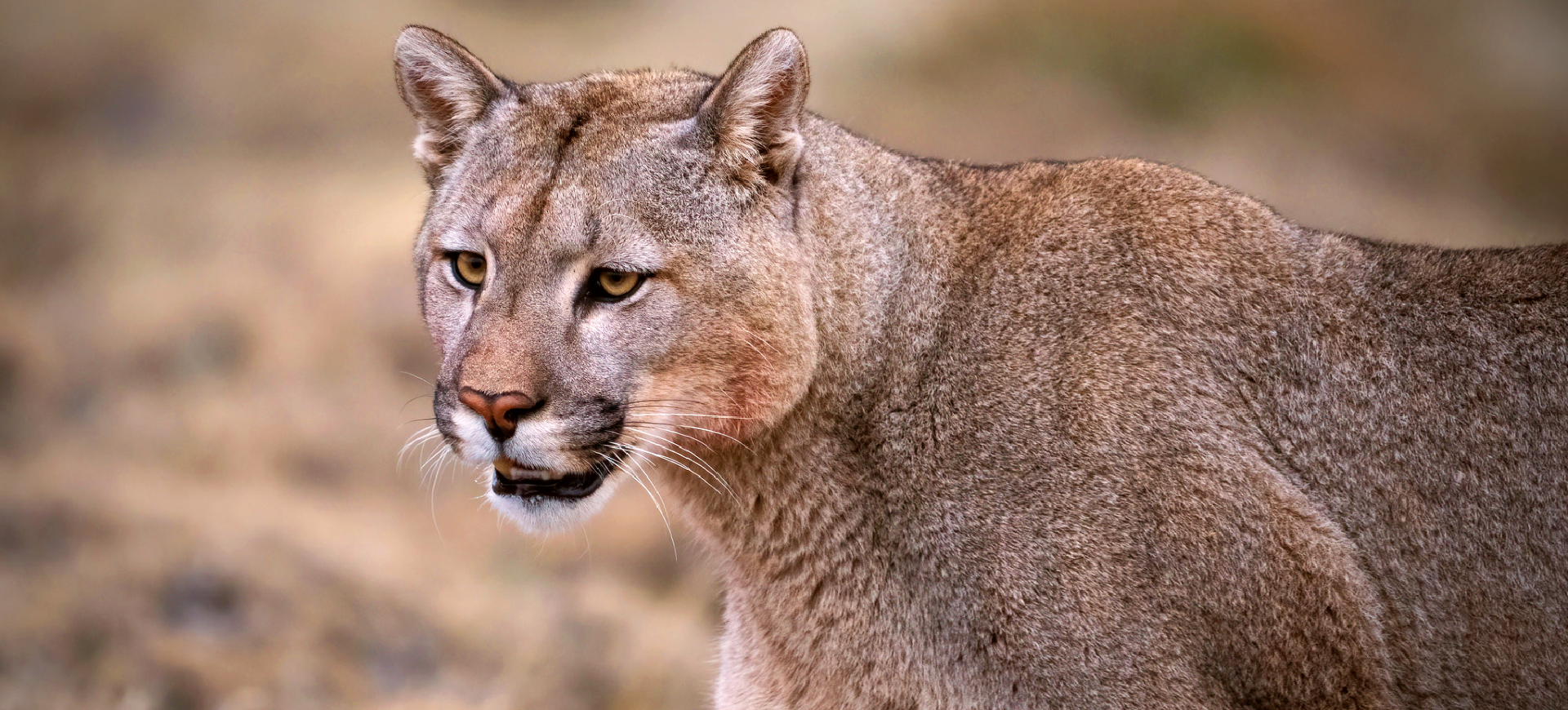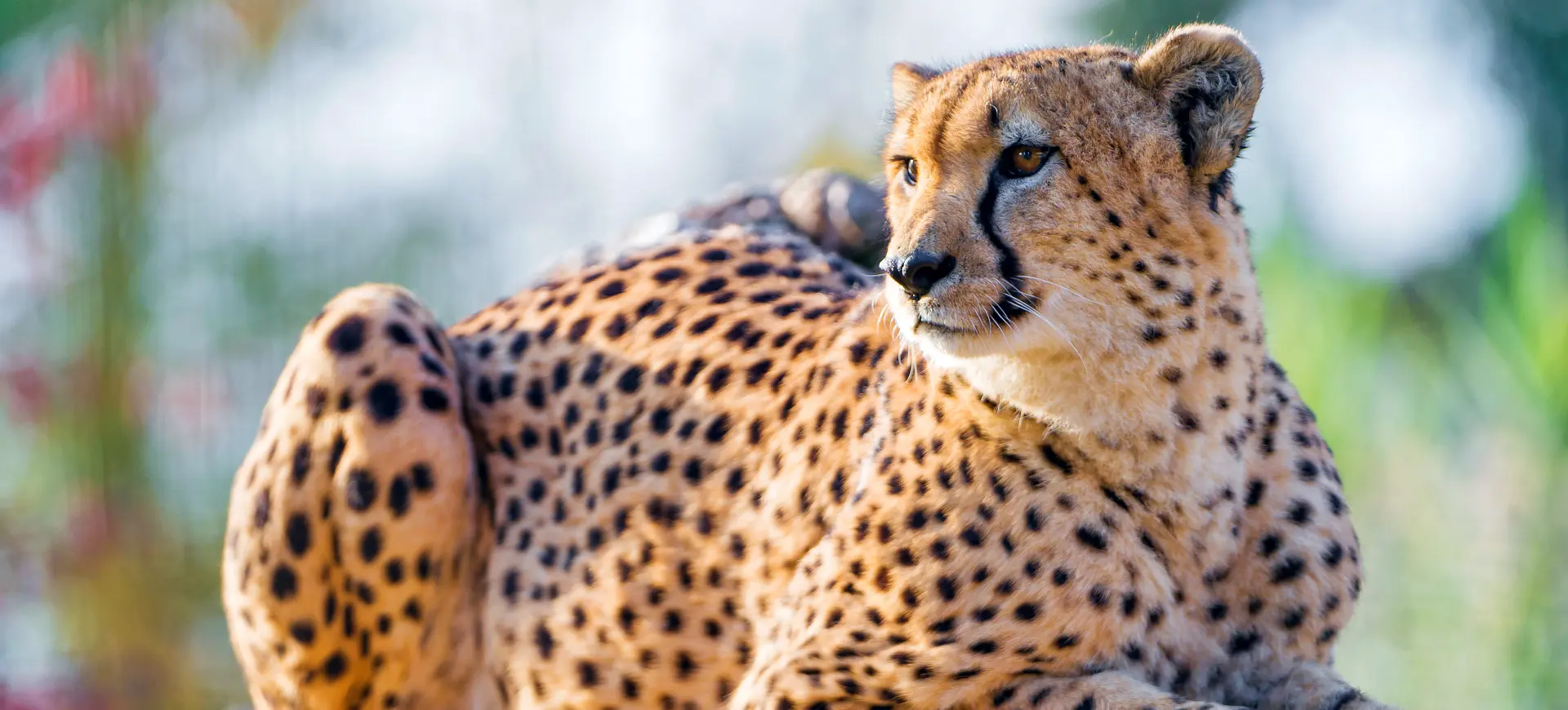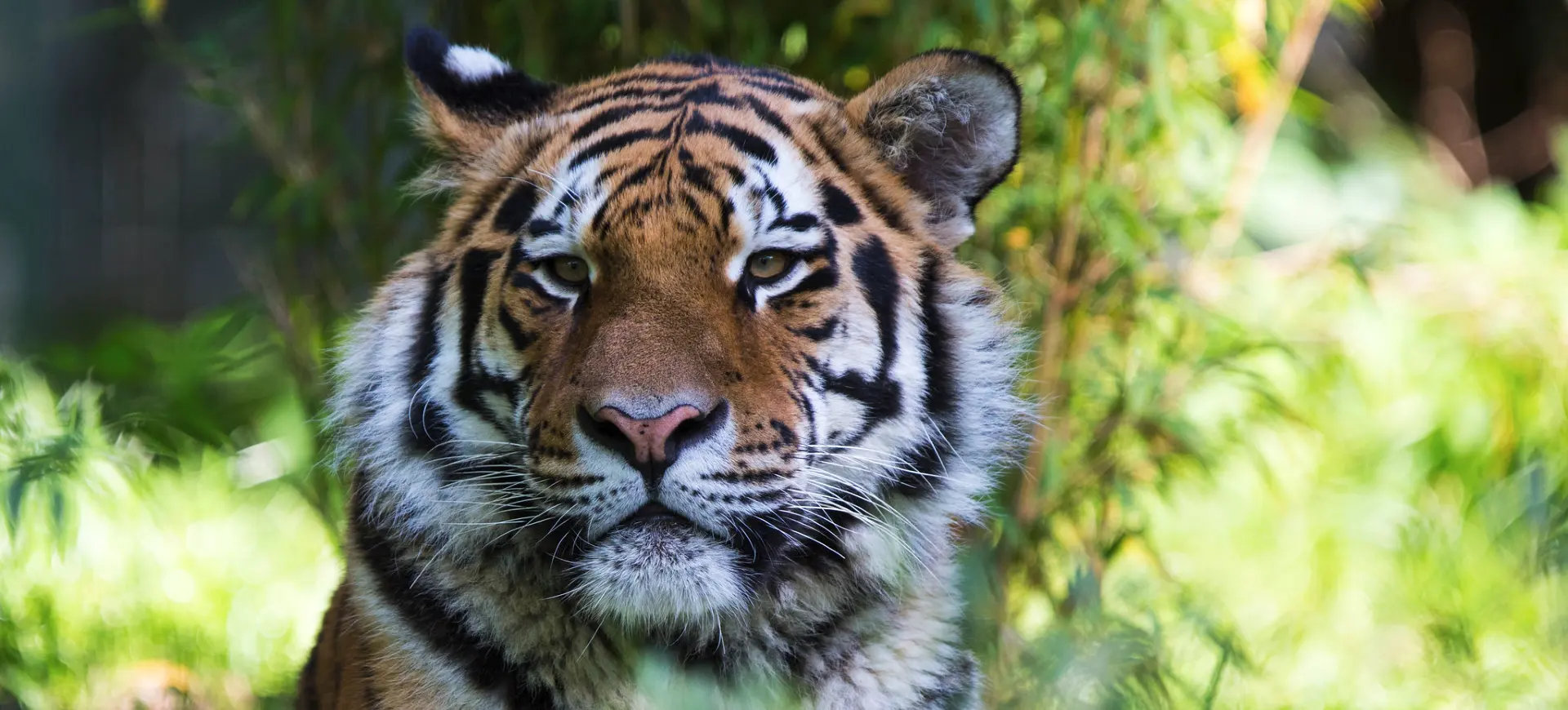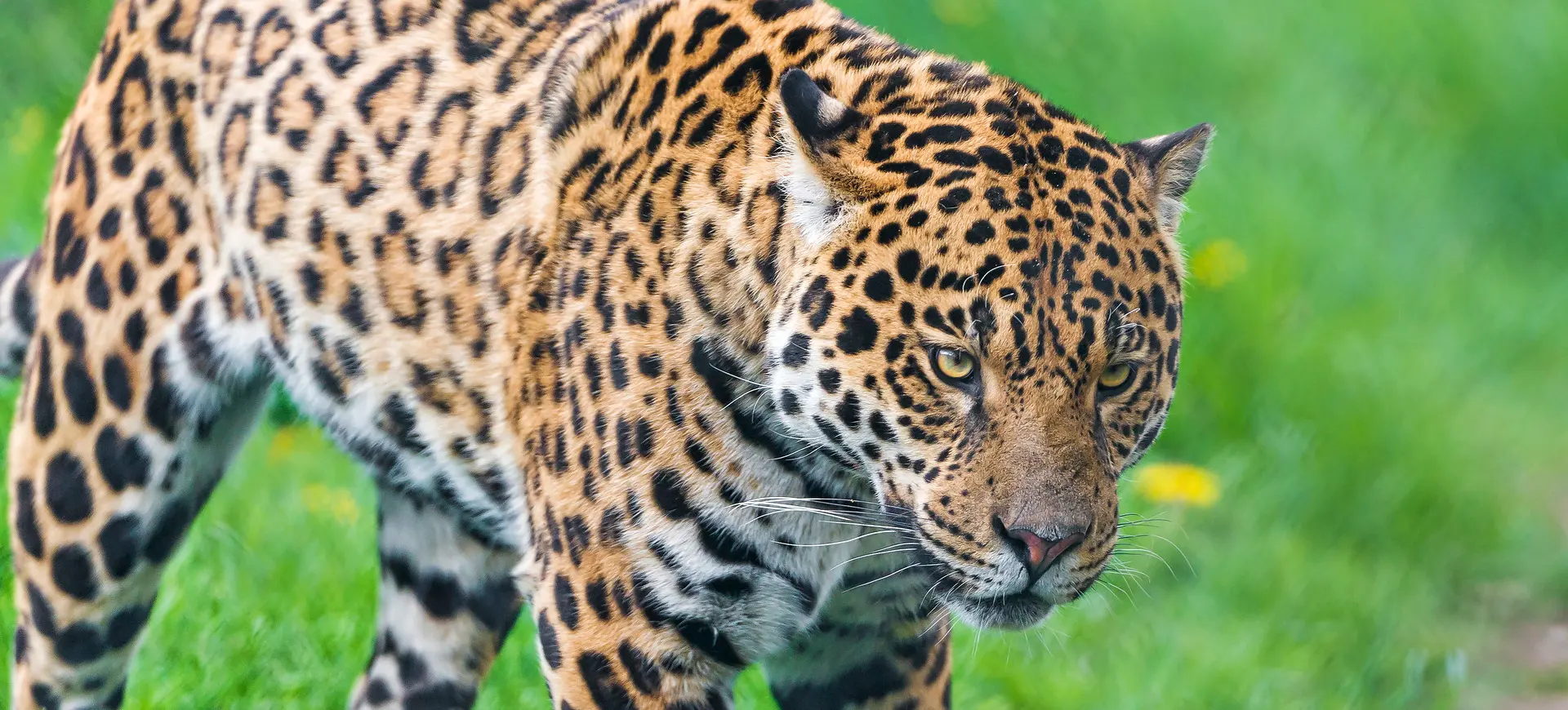Overview
The Fishing Cat (Prionailurus viverrinus) is a medium-sized wild cat native to South and Southeast Asia, known for its unique adaptations to an aquatic lifestyle. It has a stocky build, short legs, and a muscular body, enabling it to easily navigate through water. The fur of the Fishing Cat is olive-grey, with distinctive dark spots and stripes that provide camouflage in its wetland habitat. This species is one of the few proficient swimmers cats, using waterways to hunt and feed primarily on fish, which has earned it its common name.
Fishing Cats are solitary and nocturnal animals, displaying remarkable adaptations for their aquatic hunting techniques. They have partially webbed feet, which aid in swimming and walking on muddy banks, and their short, dense fur is water-resistant. These cats can dive into the water to catch prey with their sharp claws and even use a “fishing” technique by tapping the water’s surface to mimic insect movement, luring fish within striking distance. Despite relying on water for hunting, Fishing Cats are adept at moving through dense vegetation and can climb trees when necessary.
Conservation concerns for the Fishing Cat are growing due to habitat destruction, wetland degradation, and human-wildlife conflict. Their habitats are rapidly diminishing due to agricultural expansion, urbanization, and aquaculture, leading to fragmented populations that face increasing threats from poaching and accidental deaths in fishing nets. The Fishing Cat’s dependence on wetland ecosystems makes it particularly vulnerable to the effects of climate change, which exacerbates habitat loss and degradation. Conservation efforts are underway to protect this unique species, including habitat restoration and legal protection, but challenges remain in mitigating human-wildlife conflict and ensuring sustainable habitat management.
Taxonomy
Kingdom
Phylum
Class
Order
Family
Genus
Species
Type
Physical Description:
The Fishing Cat is characterized by its robust build and unique features adapted for aquatic life. It has a head-body length ranging from 57 to 78 centimeters, with males typically larger than females. The coat is dense and water-repellent, allowing the cat to remain dry and insulated while swimming. Its fur coloration, a mix of grey and olive with dark spots and stripes, provides excellent camouflage in its natural habitat, blending with the riparian vegetation and murky waters.
Adult Fishing Cats weigh between 5.5 to 16 kilograms, with a noticeable size difference between males and females. They possess strong, muscular limbs and partially webbed feet, facilitating efficient swimming and diving. The tail, shorter than that of other cats, helps with balance and steering in water. Their facial features include a pronounced flat nose, large eyes, and small rounded ears, all contributing to their distinct appearance and enhancing their adaptability to the aquatic environment.

Lifespan: Wild: ~10 Years || Captivity: ~15 Years

Weight: Male: 11-35 lbs (5-16 kg) || Female: 8-26 lbs (3.5-11.8 kg)

Length: Male: 29-31 inches (75-85 cm) || Female: 25-29 inches (65-75 cm)

Top Speed: 34 mph (55 km/h)
Characteristic:
Native Habitat:
Fishing Cats are native to wetland areas across South and Southeast Asia, including marshes, mangroves, rivers, and streams. Their distribution is patchy and primarily associated with densely vegetated areas near water bodies, where they find shelter and abundant prey. These habitats offer the dual benefits of cover for stalking prey and water for hunting, making them essential for the survival of Fishing Cats.
The adaptability of Fishing Cats to different wetland environments is crucial for their survival, allowing them to inhabit a range of aquatic ecosystems. However, their dependence on these habitats also makes them vulnerable to changes in water regimes and habitat quality. Conservation of these areas is vital for the Fishing Cat and the myriad of other species that depend on wetland ecosystems.
Biogeographical Realms:
Continents:
Diet:
Diet & Feeding Habits:
The Fishing Cat’s diet predominantly consists of fish, which it captures using its unique hunting techniques, including diving into water or scooping fish out with its paws. Besides fish, it preys on amphibians, crustaceans, and small mammals, demonstrating its versatility as a predator. This cat’s ability to utilize different food sources within its wetland habitat highlights its adaptability and ecological importance in controlling prey populations.
Fishing Cats hunt both in water and on land, showcasing a broad range of feeding behaviors. They are most active during the night, relying on their excellent night vision and acute sense of hearing to locate prey. The spatial and temporal aspects of their hunting strategies are closely linked to the availability of prey, which can vary seasonally in wetland environments. The conservation of their habitats is crucial for maintaining healthy populations of Fishing Cats, as it ensures the availability of their diverse prey base.
Mating Behavior:
Mating Description:
The mating behavior of Fishing Cats is not well-documented, but like other solitary felids, they are believed to come together only for mating. Females are thought to be polyestrous, capable of coming into estrus multiple times a year if they do not conceive. Gestation lasts about 60 days, after which the female gives birth to a litter of 1 to 4 kittens.
The care of the offspring is solely the mother’s responsibility, who raises them in a secluded den near water. The kittens are born blind and helpless, relying entirely on their mother for nourishment and protection. The mother introduces them to solid food, including fish, and begins to learn hunting skills at a young age. This early learning is crucial for their survival and eventual independence.
Reproduction Season:
Birth Type:
Pregnancy Duration:
Female Name:
Male Name:
Baby Name:
Social Structure Description:
Fishing Cats are solitary animals, with individuals occupying and defending territories that overlap minimally with those of the opposite sex. They communicate through vocalizations, scent markings, and visual signals to establish territories and find mates. The social structure of Fishing Cats is characterized by their solitary nature, which is typical of many felid species.
Territorial boundaries are maintained through scent marking, including spraying urine and leaving feces in prominent locations. These markings serve as communication tools, conveying information about the individual’s presence and reproductive status. Despite their solitary nature, Fishing Cats may tolerate the presence of others in overlapping areas of their territories, particularly during the mating season.
Groups:
Conservation Status:
Population Trend:
The global population of Fishing Cats is believed to be declining, primarily due to habitat loss, degradation, and fragmentation. These cats increasingly conflict with humans, especially in areas where their natural habitats overlap with agricultural and aquaculture developments. Accurate population estimates are challenging to obtain due to their secretive nature and the inaccessibility of their preferred habitats.
Conservation efforts are focused on habitat protection, restoration, and connecting fragmented populations through ecological corridors. Research and monitoring are essential for understanding population dynamics and the impact of threats, which is crucial for developing effective conservation strategies. Community involvement and education are also key components of conservation programs, aiming to reduce human-wildlife conflict and promote coexistence.
Population Threats:
The primary threats to Fishing Cats include habitat destruction and fragmentation caused by agricultural expansion, urban development, and the conversion of wetlands for aquaculture. Pollution, overfishing, and climate change also pose significant risks, affecting the quality and availability of their aquatic habitats. Additionally, Fishing Cats are sometimes killed in retaliation for poultry predation or caught in traps and nets intended for other species.
Addressing these threats requires integrated conservation approaches that involve habitat protection, sustainable land-use practices, and the enforcement of legal protections. Raising awareness about the importance of Fishing Cats and their wetland habitats is crucial for garnering support for conservation measures. Efforts to mitigate human-wildlife conflict, such as securing poultry enclosures and promoting alternative livelihoods, are also important for reducing threats to Fishing Cats.
Conservation Efforts:
Conservation efforts for Fishing Cats include habitat protection and restoration, research and monitoring, and community engagement programs. Protected areas are crucial in conserving key habitats, while ecological restoration projects aim to enhance degraded wetlands. Research on Fishing Cat ecology, distribution, and threats is essential for informing conservation strategies and policies.
Community-based conservation initiatives are critical for ensuring the long-term success of conservation efforts, involving local communities in habitat protection and sustainable resource management. Education and awareness programs help to reduce conflicts and promote coexistence between Fishing Cats and human communities. International collaboration and funding are also necessary to support conservation activities and ensure the survival of this unique species.
Additional Resources:
Fun Facts
- Fishing Cats are one of the few cat species with a partially webbed hindfoot, enhancing their swimming ability.
- They are known to “fish” by tapping the water’s surface with their paw, mimicking insect movements to attract fish.
- Unlike most cats, Fishing Cats do not avoid water and are excellent swimmers.
- They can dive underwater to catch fish or other prey, holding their breath for extended periods.
- Fishing Cats have been observed swimming significant distances, including crossing wide rivers.
- Their vocalizations include chattering sounds when hunting or excited, distinct from the typical meows or roars of other cat species.
- Fishing Cat kittens learn to swim at a very young age under the guidance of their mother.
- They play a crucial role in their ecosystems, controlling fish populations and maintaining the health of wetland environments.
- Conservation programs for Fishing Cats sometimes include “Fishing Cat scouts,” local community members who monitor and protect their populations.
- Despite their name and aquatic habits, Fishing Cats also hunt small mammals, birds, and insects, showing their adaptability as predators.










